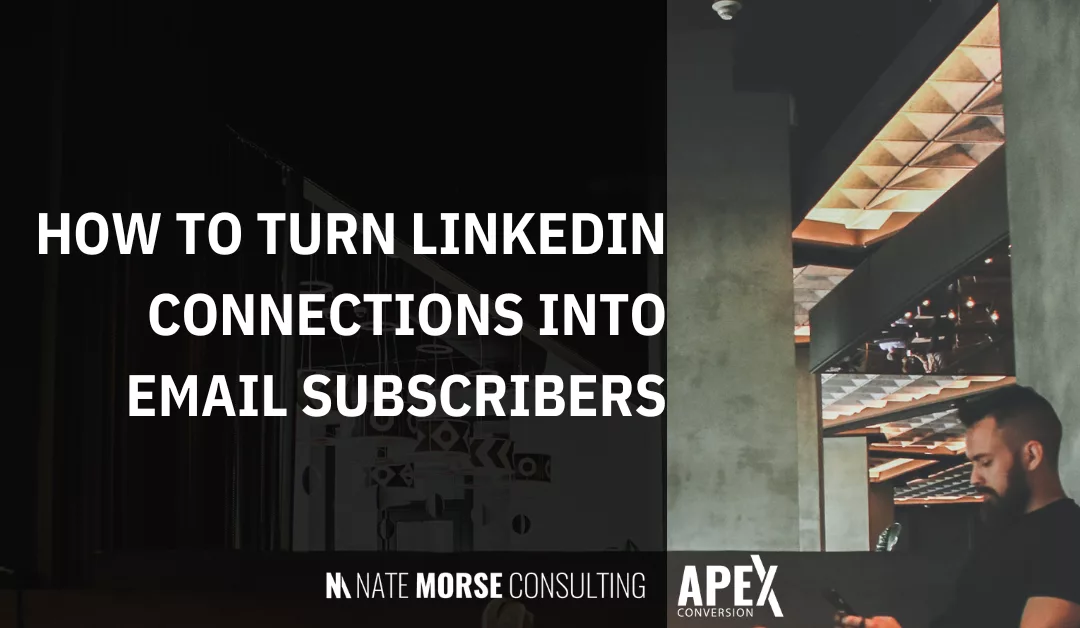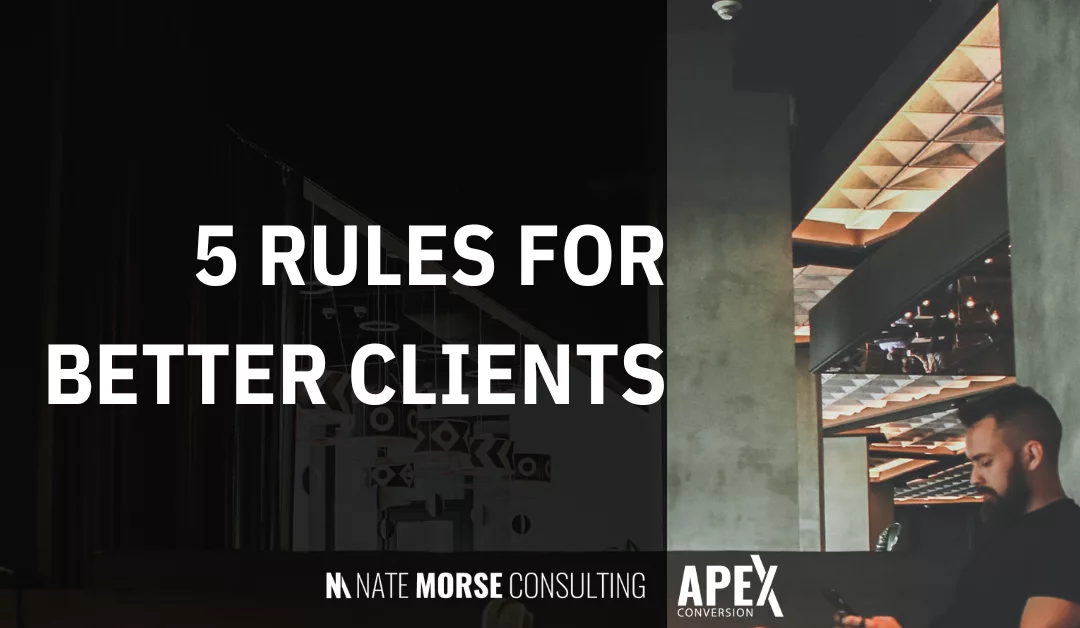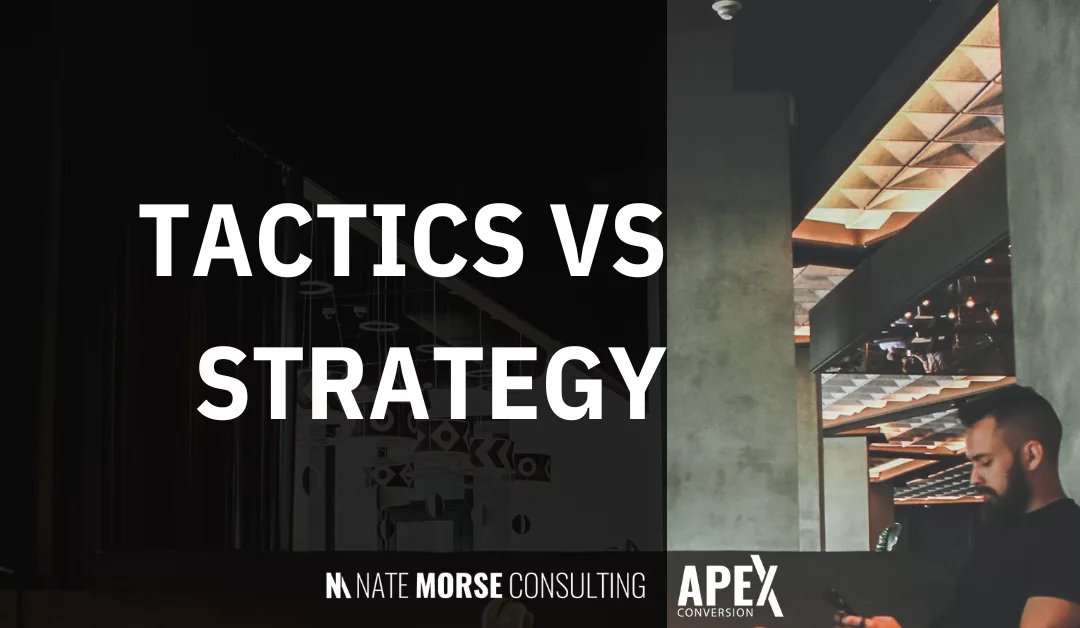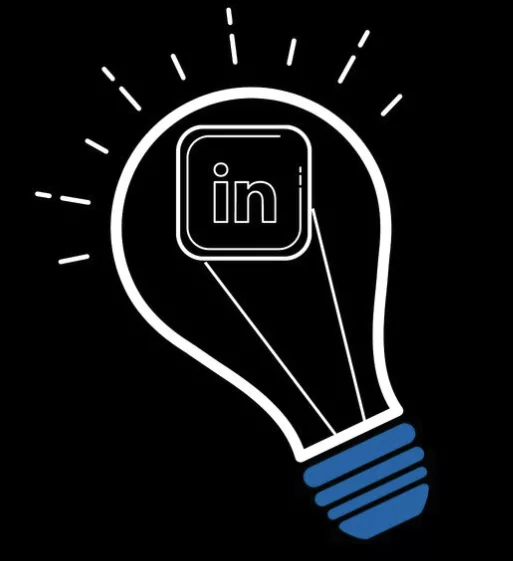
How to Turn LinkedIn Connections into Email Subscribers
“What’s the best way to get my LinkedIn connections onto my email list?”
This is a question I get a lot, and I completely understand why.
As you continue to expand your network on LinkedIn, you may find yourself wondering how to engage with these connections outside of the platform.
Perhaps you want to add them to your newsletter, your email list, or simply have a more direct means of communication because they aren’t opening your LinkedIn messages.
Whatever your goal, having your LinkedIn connections on your email list can increase the results you get from your LinkedIn efforts.
BENEFITS
1. Direct Communication -If your connections are on your email list, you no longer have to rely solely on LinkedIn’s messaging system.
Emails allow for more robust communication and enable you to deliver richer content that LinkedIn messaging may not be capable of.
2. Increased Reach – Not everyone checks their LinkedIn messages regularly.
Platform limitations such as sending limits can restrict your communication as well.
Having them on your email list is like having an insurance policy to ensure you can reach more of the connections you worked hard to get, maximizing your overall marketing effectiveness.
3. Analytics – Email marketing platforms like ActiveCampaign, Hubspot, High Level, etc. provide detailed analytics that help you track the performance of your campaigns.
You can easily monitor metrics like open rates, click-through rates, and conversions, providing data and insights into the effectiveness of your email campaign and allowing you to optimize and refine your strategies accordingly.
However, there are some challenges with converting your LinkedIn connections into subscribers…
CHALLENGES
1. Permission – Just because someone is connected with you on LinkedIn does not automatically mean they want to be on your email list.
Ideally, get their permission before moving them to an email list.
2. Avoiding Spam – Taking the wrong approach can result in your emails being perceived as spam, which could potentially burn the relationship.
It’s critical to be mindful of how you approach your connections so that your emails offer value and relevance to their interests and needs.
3. Email Deliverability – Cold emailing your list can impact your deliverability and may impact wether your current clients, etc. Get the emails you want them to get.
Tip: Use a different domain than your main one to keep the integrity separate
WHAT I’VE SEEN WORK
Based on my experience, this is the most effective strategy for converting connections to engaged email subscribers:
1. Create compelling lead magnets or offer exclusive content that has your audience wants to subscribe to. These opt ins can be on your profile, in your content/posts, and in targeted messaging campaigns.
Unlike just adding them to a cold email sequence, opting-in gets them looking for your emails vs hoping they see them.
2. For those who do not opt-in after some time, you could consider a cold email sequence that gently introduces them to the benefits of joining your list.
The key is to use relevancy to drive urgency by providing value, trying to get them to opt in first, and then reach out if they are not active. Being relevant by using Focused Targeting and Irresistable Personalization will lead to higher engagement and effectiveness.
If you’d like me to take a look at your setup and get an idea what I would do, grab a free 20 minute audit.





